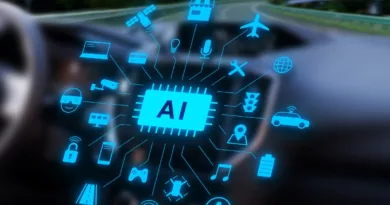The automotive industry has witnessed a significant shift towards electric vehicles (EVs), and Xiaomi, a brand renowned for its smartphones and electronics, has entered the fray with the Xiaomi SU7. This vehicle isn’t just a statement of intent from Xiaomi; it’s a bold declaration of the future of electric mobility.
Design and Specifications
The Xiaomi SU7 is a marvel of engineering and design. With a length of 4.99 meters, a width of 1.96 meters, and a height of 1.44 meters, it stands toe-to-toe with the best European sedans. It boasts an impressive drag coefficient (Cx) of only 0.195,making it one of the most aerodynamic vehicles on the market, surpassing the Lucid Air and closely trailing the Lightyear.
Power and Performance
Under the hood, the SU7 offers a range of electric powertrains, whimsically named after traditional combustion engines but entirely electric. The base model, the HyperEngine V6, delivers 299 horsepower and 400 Nm of torque. The V6s variant ups the ante to 374 horsepower and 500 Nm, while the top-tier HyperEngine V8 churns out a staggering 578 horsepower with 635 Nm of torque. This power allows the SU7 to accelerate from 0 to 100 km/h in a mere 2.78 seconds.
Battery and Range
Xiaomi’s SU7 is equipped with an 800-volt architecture, enabling rapid charging that adds 220 km of range in just 5 minutes and 510 km in 15 minutes. The Modena platform, designed by Xiaomi, supports a battery capacity of up to 150 kWh, promising a range of up to 1,260 kilometers on the Chinese CLTC cycle, or around 1,100 km under the more stringent WLTP cycle.
The vehicle also features a cell-to-body (CTB) battery design, integrating LFP (lithium-fer-phosphate) cells directly into the chassis, enhancing both space efficiency and structural integrity. Two battery capacities will be available: 73.6 and 101 kWh, offering ranges from 668 to 800 kilometers according to the CLTC cycle.
Technology and Features
The SU7 is not just a car; it’s a smartphone on wheels. It comes with Xiaomi Pilot, an autonomous driving system powered by dual NVIDIA DRIVE Orin chips, complemented by an array of radars and cameras. A LiDAR sensor mounted on the roof further enhances its self-driving capabilities.
Market Impact and Availability
Xiaomi’s aggressive pricing strategy positions the SU7 as a direct competitor to established players like Tesla’s Model S and the Porsche Taycan. The initial launch in China saw an overwhelming response, with 50,000 pre-orders within half an hour and a sell-out of the first batch of 120,000 units in just 36 hours². Deliveries are expected to commence by the end of April 2024 for the Standard and Max models, and by the end of May 2024 for the Pro version².
The Xiaomi SU7 is more than just another electric vehicle; it’s a statement of Xiaomi’s vision for the future of mobility. With its impressive range, rapid charging, and cutting-edge technology, the SU7 is poised to challenge the status quo and bring electric vehicles to the forefront of the automotive market.







